08 May 2019
While often termed differently, muffin top, belly fat and spare tire are all essentially the same thing – excess abdominal fat. No matter what it’s called, it can be a frustration for many men. One of the most difficult areas to slim, the abdomen contains two types of fat which each require different tactics to tone the area. We asked Brent Wilson, a registered dietitian at INTEGRIS, Health to share his advice on how the spare tire affects men and what can be done to get rid of it once and for all.
Fat around the stomach and waist can be caused by a variety of factors. “The spare tire is excess body fat stored around the midsection when our calorie balance is off,” Wilson explains. Caused by an imbalance between calorie intake and output, poor diet and insufficient activity are the main culprits of belly fat.
Inactivity during the day, worsened by sitting at a desk or in front of the television for long periods of time, is also a large contributor to one’s spare tire. Even stress can be a factor as it can impact the hormones that create fat.
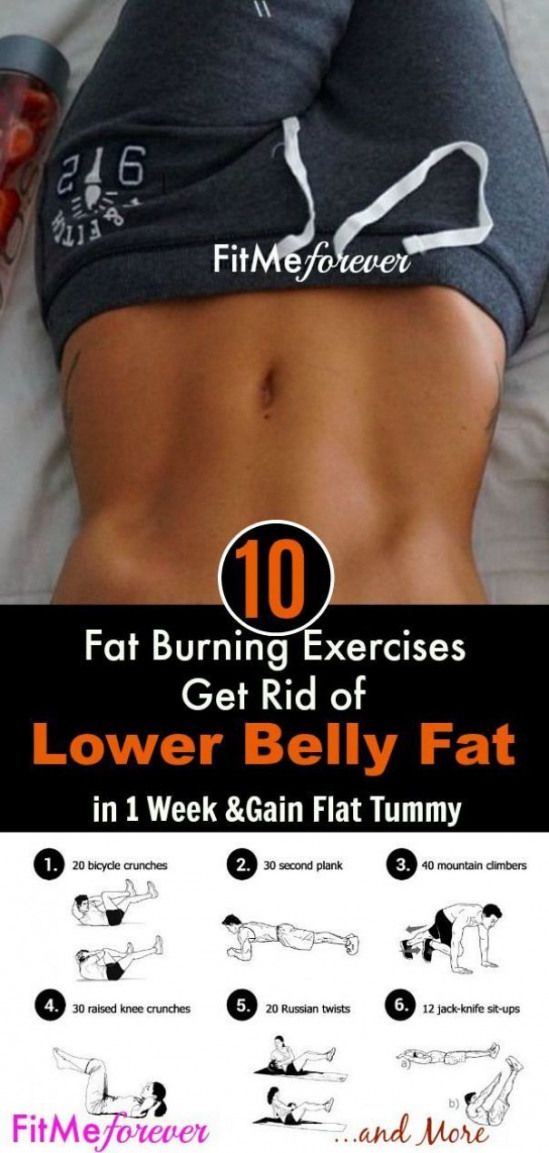 Visceral Fat
Visceral Fat “Subcutaneous fat hibernates just beneath your skin and you can grasp it with your fingers,” Wilson says. “Visceral fat stows away deep in your abdomen around your organs.” These organs can include your intestines and stomach. Visceral fat is more dangerous than its subcutaneous counterpart as it can produce cytokines, or inflammation, that can damage those organs.
Health risks commonly go hand-in-hand with the spare tire. “Excess belly fat increases your risk for high blood pressure, cholesterol, triglycerides and metabolic syndrome,” Wilson explains. The chemicals created by excess visceral fat can increase the risk for heart disease or diabetes. As men age, it becomes more important to exercise regularly as their bodies tend to lose muscle mass more easily.
When it comes to shedding the spare tire, lifestyle changes must be made. “Ultimately, it comes down to the decisions we have to make on a daily basis,” Wilson says.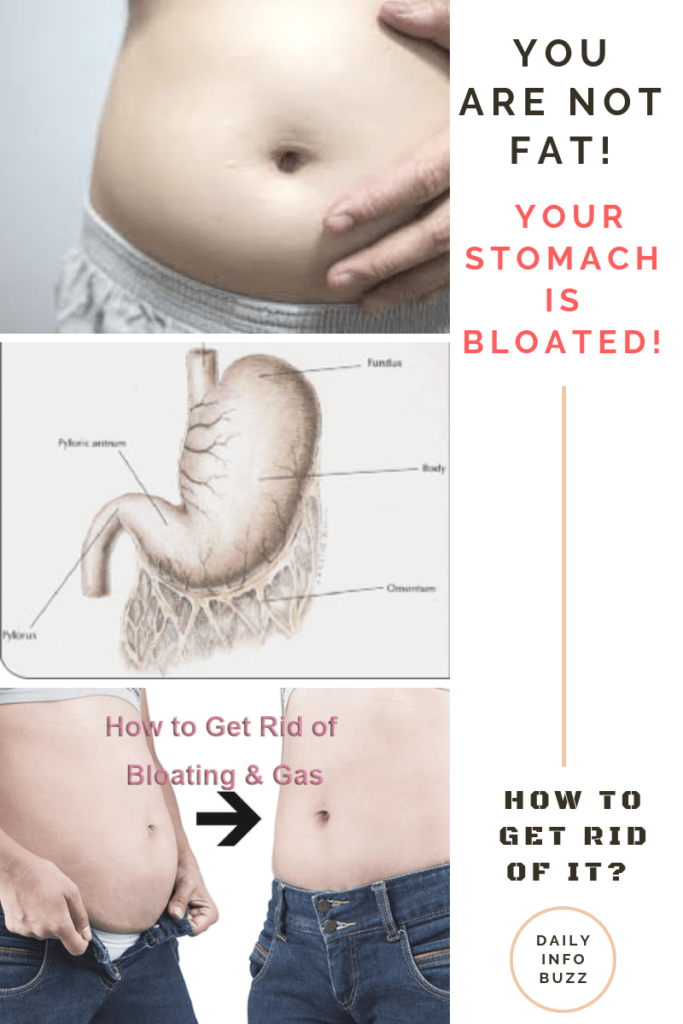 He explains these decisions become increasingly more difficult to make due to the convenience of highly processed foods that include substantial amounts of fat, sugar and calories. Combined with the typical low level of activity required by many jobs, it becomes more important to make conscious decisions to be physically active.
He explains these decisions become increasingly more difficult to make due to the convenience of highly processed foods that include substantial amounts of fat, sugar and calories. Combined with the typical low level of activity required by many jobs, it becomes more important to make conscious decisions to be physically active.
The first step toward eliminating the spare tire is to set healthy and reasonable goals. Shedding abdominal fat takes time and should not be treated as a race. So, how do you track your progress? The number on the scale doesn’t always represent the amount of fat and muscle mass a person carries, making it a less than optimal choice for measurement. Many people prefer to track their Body Mass Index (BMI), although Wilson advises against this. Instead, he opts for a more specific source of measurement.
“The BMI will ultimately give you a general idea of where your weight should be; however, it can be misleading as it doesn’t take muscle mass into account,” he says.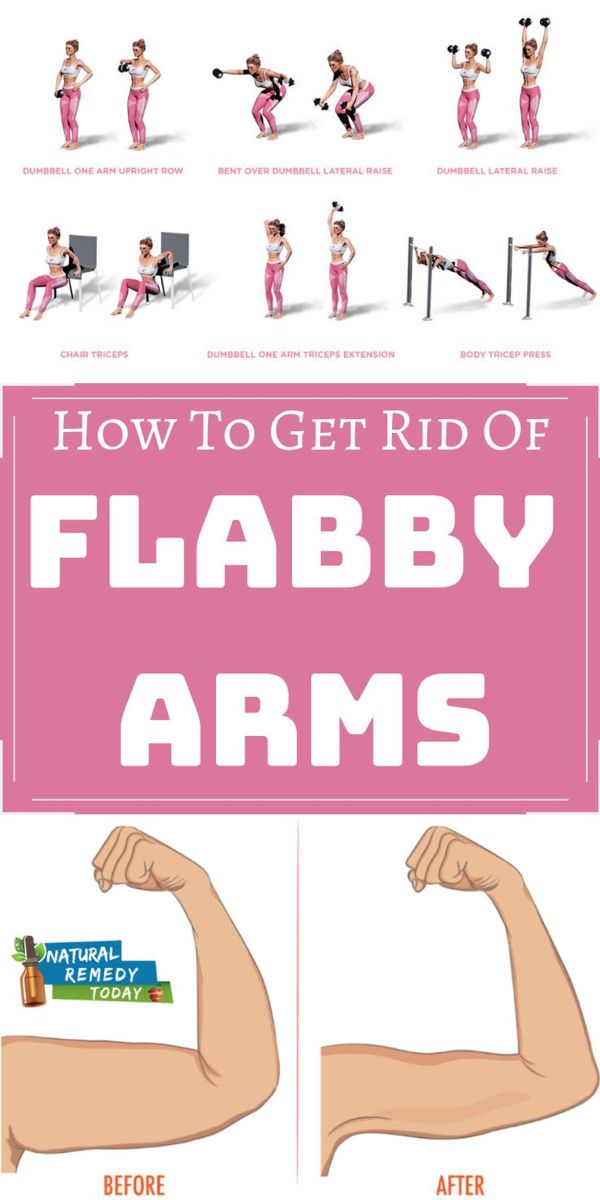 “The best thing would be to have your body fat percentage tested and retested after a few months of implementing physical activity and healthy eating.” The INTEGRIS Health Weight Loss Center provides several options for both surgical and non-surgical weight loss services, including seminars and assistance with nutrition.
“The best thing would be to have your body fat percentage tested and retested after a few months of implementing physical activity and healthy eating.” The INTEGRIS Health Weight Loss Center provides several options for both surgical and non-surgical weight loss services, including seminars and assistance with nutrition.
It is also important to set a healthy daily calorie goal. “Ultimately, we need to lower our calorie intake,” Wilson says. “I would encourage keeping a food log to identify where the most calories are coming from in your diet. Then, try replacing high calorie food and beverages with lower calorie options.” He suggests the app MyFitnessPal as a way to track your dietary choices.
When exercising to burn belly fat, it’s important to create a healthy mix of cardio and strength training. When targeting the spare tire, especially if you don’t go to the gym on a regular basis, you should start slowly. Wilson suggests beginning by walking or cycling and slowly increasing the duration and intensity of cardio.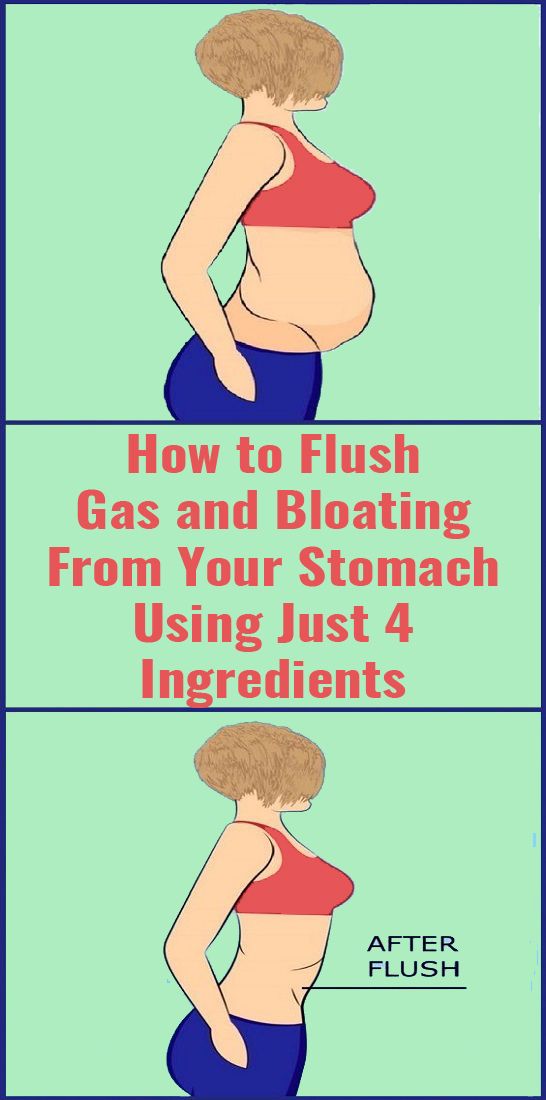 Make sure to include stretches in your routine to keep your muscles limber and limit soreness. He advises setting a goal of 150 minutes of physical activity per week.
Make sure to include stretches in your routine to keep your muscles limber and limit soreness. He advises setting a goal of 150 minutes of physical activity per week.
When it comes to choosing between cardio and weights, he says “both can be effective if used properly. The key is to get your heart pumping, so you can start burning the fat stored around the belly. Cardio is great at this. Weights can also work well, as long as you are keeping your heart rate elevated. Rather than resting in between sets of weight lifting, try using your rest time to keep your heart rate up with things like rowing, walking, or cycling.”
Stay committed to your exercise goals by creating a workout calendar or setting a joint fitness goal with your friends or family. For those who need to set a specific time to work out or thrive on extroverted activities, try joining a group fitness or boot camp style workout.
A healthy diet is the perfect complement to your new exercise regime. It can also be the most difficult part of the process. Essentially, it’s important to choose lower calorie options, skip processed foods, limit sugar and practice portion control.
It can also be the most difficult part of the process. Essentially, it’s important to choose lower calorie options, skip processed foods, limit sugar and practice portion control.
“Choose lean protein sources such as eggs, nuts, fish and chicken,” Wilson recommends. “Increase your intake of fruit and vegetables, which contain fewer calories per cup than most other foods. The fiber in them will keep you feeling full for longer so you take in fewer calories throughout the day.”
It is vital that men strive to achieve a healthy lifestyle as they age. Eliminating the spare tire is a crucial factor in the process of lowering health risks and staying in good physical shape. Contact an INTEGRIS Health physician today to assess your health needs.
Share this page
There’s no way to specifically lose weight in a particular area, however, by watching what you eat and staying consistent with your workouts, you can develop a healthier body.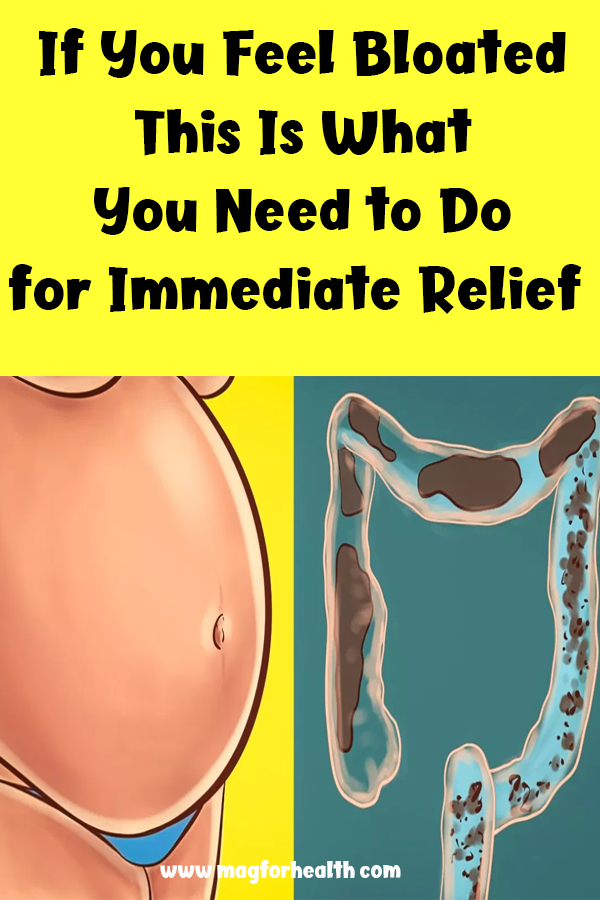
Image Credit: Carlina Teteris/Moment/GettyImages
Getting rid of your spare tire tummy can not only help your clothes fit better, it can also be great for your health! While you can't spot tone, the best overall approach to a healthier body is to focus on the tried and true approach: healthy diet and consistent exercise.
There’s no way to specifically lose weight in a particular area, however, by watching what you eat and staying consistent with your workouts, you can develop a healthier body.
While the slang term is a spare tire belly, this colloquialism refers to a buildup of fat and excess weight around your abdomen. According to Mayo Clinic, this issue is most common as we get older. This is because we slowly lose muscle mass as we age, which decreases the number of calories we burn throughout the day. At the same time, the amount of fat increases, making it more difficult to maintain a proper weight.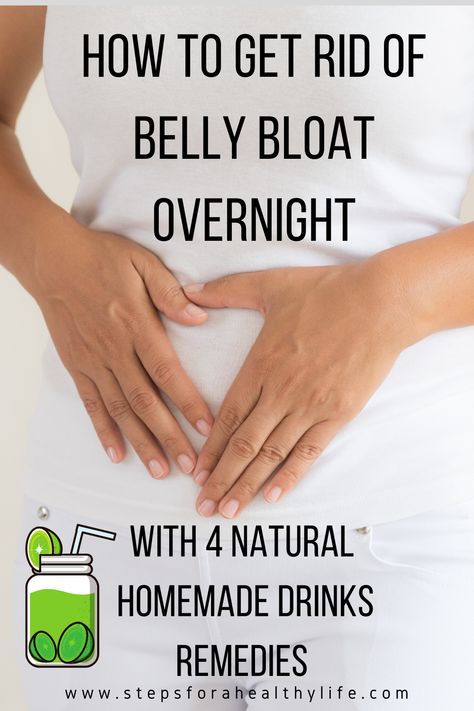
Video of the Day
Unfortunately, developing a middle-aged spare tire is more commonly seen in women than men. This occurs as a result of menopause, which causes a decrease in the hormone estrogen as women enter the middle of their lives. This hormonal fluctuation seems to cause the distribution of fat in the body to shift, with much more of it centering in the abdomen.
There may also be a familial link to developing a spare tire tummy. Mayo Clinic also reports that your body type and fat distribution, specifically whether it is more apple shaped or pear shaped, seems to be related to your individual genetic history.
While a spare tire tummy be seem like simply a cosmetic complaint, the truth is an increase in abdominal fat can have significant health effects. As reported by Harvard Health, this is because abdominal fat is visceral in nature.
Unlike subcutaneous (just beneath the skin) fat which can be easily grabbed and pinched, visceral fat is situated deeper within the abdomen and can be seen or measured, but not grabbed.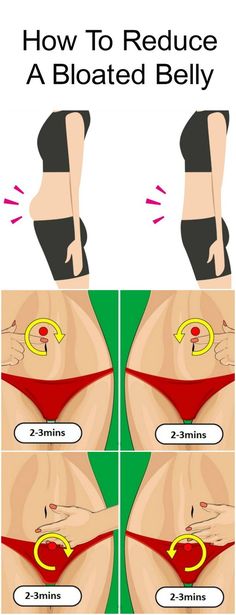 This type of fat fills the areas between our internal organs in your stomach.
This type of fat fills the areas between our internal organs in your stomach.
Weight Management
Things to Eat to Get a Slim Waist
By Jill Corleone
Reviewed
Fitness
How to Lose a Jiggly Stomach
By Ellen Douglas
Reviewed
Fitness
3 Effective Exercises for Men to Get Smaller Waists
By Ashley Miller
Reviewed
The visceral type of fat can cause significant issues like cardiovascular disease and Type 2 diabetes. It can also impact your overall metabolism and slow down the rate at which you burn calories. In addition, Harvard Health states that there is some association between increased abdominal fat and a higher risk of breast cancer in females. To add to this, women with a spare tire may also experience an increased rate of gallbladder surgery.
While it may not be particularly exciting, watching what you eat is a tried and true way to reduce your overall weight and get rid of a middle-aged spare tire. While every person's situation is unique, according to the Cleveland Clinic, the ketogenic diet seems to work particularly well for individuals who are trying to reduce the amount they weigh.
While every person's situation is unique, according to the Cleveland Clinic, the ketogenic diet seems to work particularly well for individuals who are trying to reduce the amount they weigh.
This diet focuses on restricting the overall amount of carbohydrates you consume. At the same time, it strives to increase your overall protein intake. As a result of these caloric changes, individuals seem to drop pounds even with only a moderate amount of exercise.
Read more: How to Shrink Belly Fat Fast
Because the specific recommendations are unique from person to person, it is best to work with your doctor when developing a weight loss program. Not only will they be able to provide you with specifics, but they can also help you keep the weight off after you put in all the hard work to lose it.
In addition to cutting calories, regularly hitting the gym or working out at home is another crucial part of reducing your spare tire belly.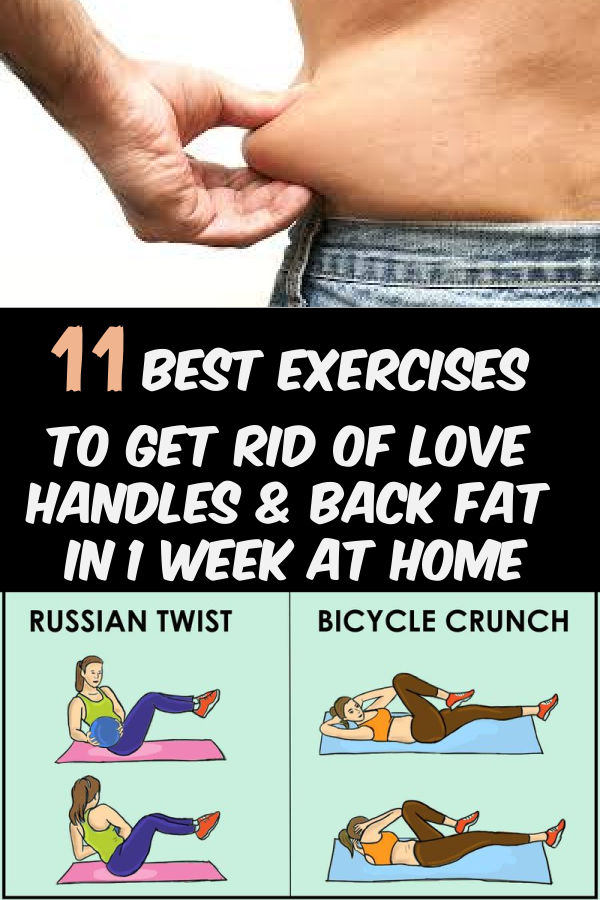 Weight loss is all about tipping the scales between the number of calories you consume through your diet and the amount you burn off with activities and exercise throughout the day.
Weight loss is all about tipping the scales between the number of calories you consume through your diet and the amount you burn off with activities and exercise throughout the day.
Read more: Does Rowing Burn Belly Fat
According to the Department of Health and Human Services, the average adult should strive to get at least 150 minutes of moderate aerobic activity each week. This could include things like brisk walking or outdoor biking.
You may also choose to do more vigorous exercises like running, swimming or using a stair stepper for a shorter duration (75 minutes per week). Organized sports like pick-up basketball or gym fitness classes such as step aerobics or Zumba may also fit into this category. Try finding an exercise buddy or an accountability partner to keep your workouts consistent and to maximize your chances of success.
Many different types of exercise can help reduce the size of your middle aged spare tire, and it is important to pick one that you like in order to stay consistent.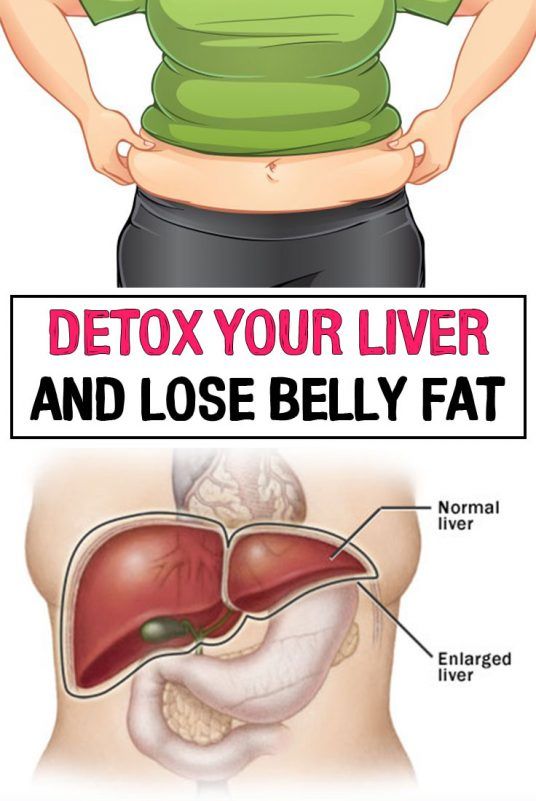 That said, some types of workouts may be more beneficial than others. According to a February 2018 meta-analysis published in Sports Medicine, incorporating high-intensity interval training (HIIT) workouts into your exercise routine has been shown to effectively target visceral fat deposits in the abdominal area.
That said, some types of workouts may be more beneficial than others. According to a February 2018 meta-analysis published in Sports Medicine, incorporating high-intensity interval training (HIIT) workouts into your exercise routine has been shown to effectively target visceral fat deposits in the abdominal area.
Read more: Do Crunches Reduce Belly Fat?
This type of workout mixes shorter periods of high-intensity movements or exercise with longer increments of lower intensity activities or complete rest. The journal found that HIIT-style running is more effective than biking at decreasing deposits of visceral abdominal fat in both normal weight and overweight individuals.
AARP recommends that beginners start by taking their normal cardio exercise and increasing the intensity high enough for you to become too winded to speak. Aim to do this for 20 seconds and then slow the pace down to your normal speed for 1 to 2 minutes. Next, return to the high intensity speed for another 20 seconds, rest for 2 minutes and then try to complete 20 more seconds at the faster pace. Finally, cool down at your normal speed for 2 more minutes.
Finally, cool down at your normal speed for 2 more minutes.
Should your spare tire belly not diminish in size with the strategies listed above, you may want to contact your doctor to speak to them about further treatment options. Initially, your physician may recommend a consultation with a nutritionist or personal trainer to give you more specific guidance on your diet and exercise regimen.
They may also want to take a closer look at any other health conditions you may have, some of which can affect your ability to lose weight. These can include having diabetes or having a thyroid issue. In some instances, they may even recommend prescription medication to assist in the fat burning process.
More extreme cases may even warrant bariatric surgery, which alters the amount of food that your stomach can contain or changes the way that nutrients are absorbed by the stomach in an effort to stimulate weight loss. Your doctor can give you proper guidance on which of these, if any, is right for you.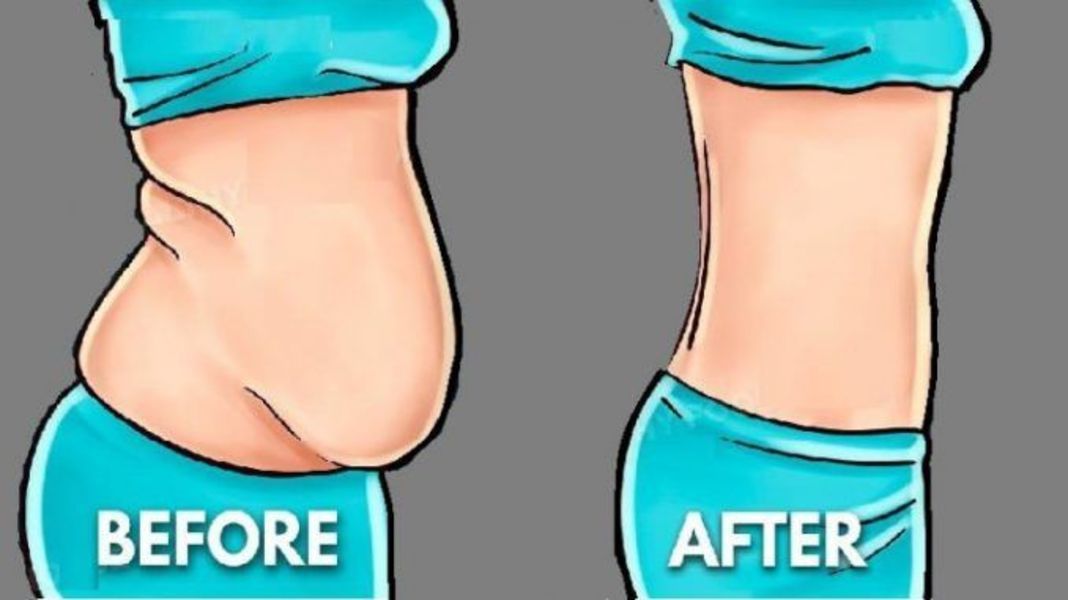
Co-author, editor and medical expert - Klimovich Elina Valerievna.
Views: 11 872
The date of the last update: 20.12.2021.
Average reading time: 6 minutes
to one of the most common causes severity in the stomach include the following:
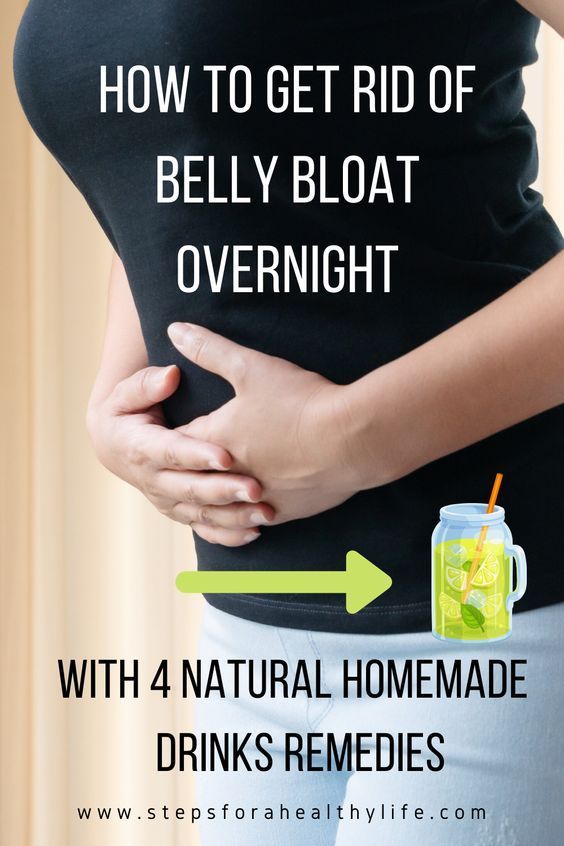 A feeling of heaviness in the stomach and abdomen is often caused by too long intervals between meals, as well as an improper diet. One of the common causes of indigestion is the habit of having a hearty dinner before bedtime: the stomach, not being able to rest at night, may show its “dissatisfaction” with a feeling of heaviness after eating;
A feeling of heaviness in the stomach and abdomen is often caused by too long intervals between meals, as well as an improper diet. One of the common causes of indigestion is the habit of having a hearty dinner before bedtime: the stomach, not being able to rest at night, may show its “dissatisfaction” with a feeling of heaviness after eating; Drinks that irritate the gastric mucosa include tea, coffee, kvass, as well as carbonated and alcoholic drinks.
In some cases, indigestion may occur after ingestion of whole milk and dishes in the preparation of which it was used. This may indicate individual intolerance to milk components; if it is excluded from the diet, digestion, as a rule, normalizes.
The nervous system is directly involved in the regulation of the digestive system. Accordingly, with chronic and acute stress, overwork, lack of rest, the functions of the gastrointestinal tract are disturbed, which leads to the development of symptoms such as a feeling of fullness and bloating, belching and a feeling of heaviness.
With age, many processes in the human body undergo changes. This also applies to digestion processes, which slow down, and the quality of digestion of carbohydrates, fats and proteins decreases.
The substances that make up tobacco smoke impair the blood supply to all organs, including the digestive system, and disrupt their peristalsis.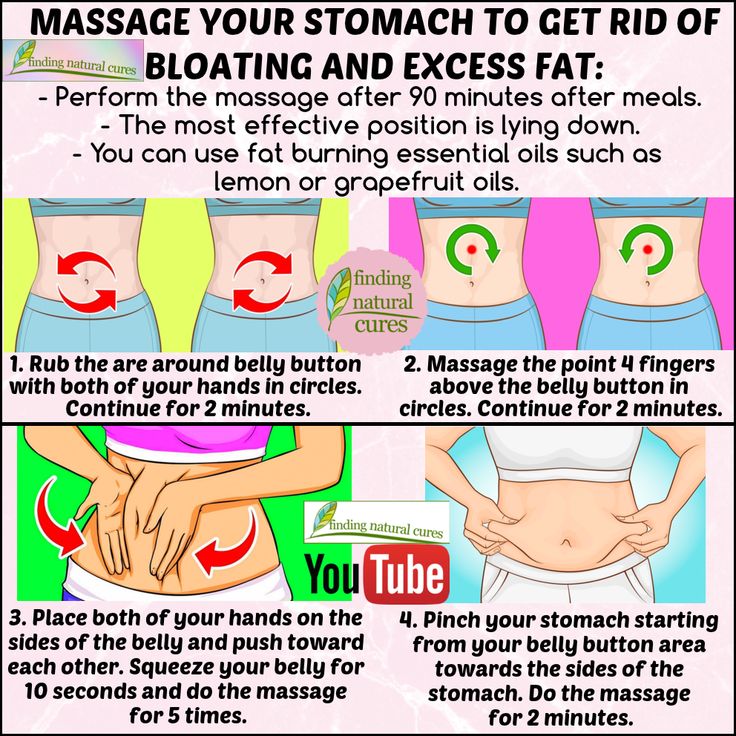 As a result, the walls of the stomach and intestines lose the ability to uniformly and consistently move food, which can cause it to delay and cause a feeling of heaviness.
As a result, the walls of the stomach and intestines lose the ability to uniformly and consistently move food, which can cause it to delay and cause a feeling of heaviness.
Being overweight can increase intra-abdominal pressure, which negatively affects the digestive processes and often slows them down. As a result, there is a feeling of fullness in the abdomen, belching and other symptoms of indigestion.
Changes in hormonal levels and increased intra-abdominal pressure during pregnancy can cause disturbances in the motor function of the stomach.
If you already have a feeling of fullness in the stomach after eating, you need to perform certain actions that will restore the functioning of the digestive tract.
Try to abstain from food for several hours, replacing it with drinking non-carbonated water. It will also be useful to lie down for a few minutes, stretch out with your whole body and breathe deeply, after which you will slowly walk - no matter if it is down the street or around the room.
Despite the feeling of discomfort in your stomach, try not to go to bed, on the contrary: it is worth maintaining an upright position for 1-3 hours.
For the normalization of the gastrointestinal tract, the mode and quality of nutrition is of decisive importance. Meals at certain hours "accustom" the stomach to the release of digestive juices by this time, which ensures the correct and uniform processing of food by enzymes and acids. Controlling the volume of food allows you to prevent overeating and, accordingly, avoid stretching the walls of the stomach.
The quality of food also plays an important role. Avoiding fatty, fried, smoked and other similar foods or reducing the amount of "heavy" food in the diet to a minimum, you can significantly ease the work of the digestive tract and prevent the development of a feeling of heaviness.
A good night's sleep, giving up bad habits (smoking, drinking alcohol, etc.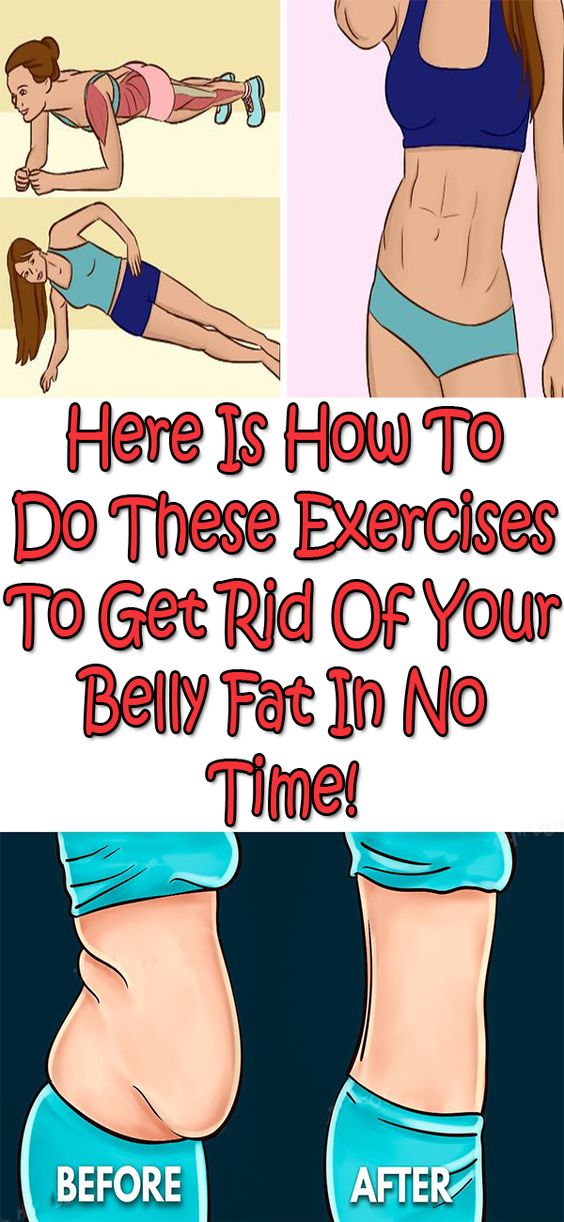 ), reducing stress levels and paying attention to general health are important for normalizing digestive processes and eliminating heaviness in the stomach after eating . Healthy physical activity is also important: playing sports, dancing, and even regular walking will be an excellent stimulant for the digestive tract.
), reducing stress levels and paying attention to general health are important for normalizing digestive processes and eliminating heaviness in the stomach after eating . Healthy physical activity is also important: playing sports, dancing, and even regular walking will be an excellent stimulant for the digestive tract.
Feeling of heaviness and fullness in the stomach most often occurs with excessive food intake - after holidays, plentiful feasts, gatherings, accompanied by drinking alcohol. Often it is accompanied by nausea, heartburn, a feeling of fullness in the upper abdomen. In medicine, this condition is referred to as "dyspepsia". The more fats and carbohydrates the meals eaten contain, the more difficult it is for the stomach to digest them and the longer it will feel full.
Rare episodic overeating, which is accompanied by heaviness in the stomach, does not cause significant harm to health. The systematic use of large portions of food leads to stretching of the gastric walls and disruption of the digestive processes. Stretched walls contract weakly and cannot actively promote digested food into the intestines. Food is delayed, causes belching, a feeling of heaviness, discomfort in the abdomen. Frequent overeating can provoke gastrointestinal diseases or exacerbate them. Let's figure out what other causes cause dyspepsia and what to do to prevent it.
Stretched walls contract weakly and cannot actively promote digested food into the intestines. Food is delayed, causes belching, a feeling of heaviness, discomfort in the abdomen. Frequent overeating can provoke gastrointestinal diseases or exacerbate them. Let's figure out what other causes cause dyspepsia and what to do to prevent it.
Olga Andreevna Mardanova
Pulmonologist, general practitioner
Ask a question
Performs diagnostics of respiratory diseases using data from an objective examination, as well as additional research methods, including specific blood tests, examination of the function of external respiration, pulse oximetry, measurement of NO level in exhaled air, X-ray and computed tomography of the chest
In addition to eating a large amount of food, the following factors lead to a feeling of fullness in the stomach:

Dyspeptic manifestations may accompany some diseases. If, in addition to severe stomach heaviness, you experience chest pain, difficulty swallowing, high fever, and blood in the stool or vomit, call an ambulance immediately. These symptoms can be signs of serious pathologies that threaten life.
If after eating you are worried about heaviness, distension, feeling of fullness in the stomach, use these recommendations:
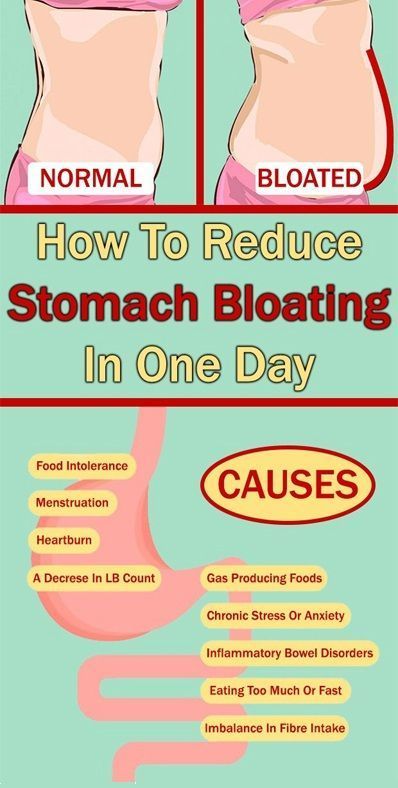
In order to restore the activity of the gastrointestinal tract, it is necessary to normalize the diet and adhere to a regular diet. When a person eats at the same time, the body gets used to producing digestive enzymes at a certain hour. Due to this, the food is processed by the gastric juice evenly and is well digested.
What is absolutely forbidden to do when feeling heavy in the stomach:
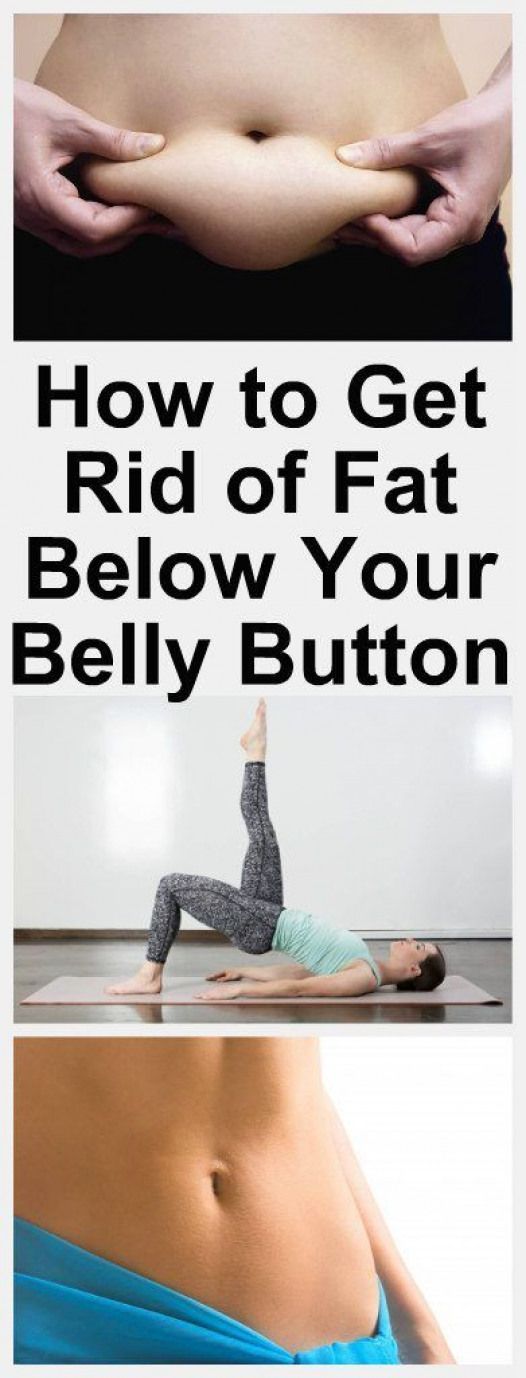
If the feeling of heaviness in the stomach after eating is not associated with a violation of the diet and the amount eaten, the patient should be examined for the presence of diseases of the gastrointestinal tract. The doctor will prescribe laboratory and instrumental studies, establish a diagnosis and prescribe an effective treatment. After the treatment of the underlying disease, the discomfort in the digestive organs will disappear and the patient will only have to follow the recommended diet.
Drug treatment of indigestion is prescribed only after a thorough examination. Therapy is aimed at restoring digestive functions and eliminating discomfort. In order to eliminate dyspepsia, use:
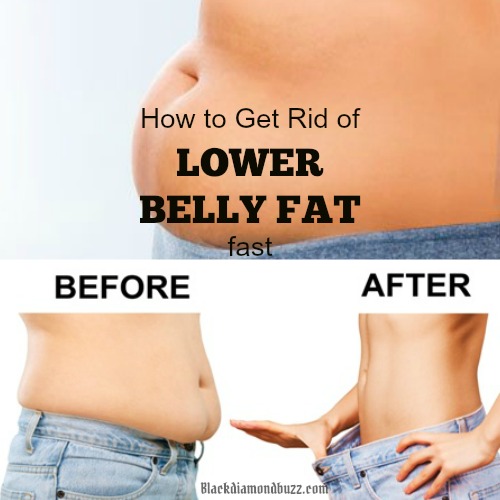 These drugs include Alginomax .
These drugs include Alginomax . The dosage of drugs for the severity in the stomach and the duration of treatment for diseases of the gastrointestinal tract are determined by the doctor.
IMPORTANT! Please note that the information in this article should not be used for self-diagnosis or self-treatment. For pain in the stomach or exacerbation of the disease, diagnostic studies should be prescribed only by a specialist. For the correct diagnosis and treatment, please contact your doctor.
Prevention of dyspepsia consists in the correction of nutritional and behavioral aspects. It is an integrated approach that will allow you to forget about the discomfort after eating. What to do to prevent dyspeptic disorder:
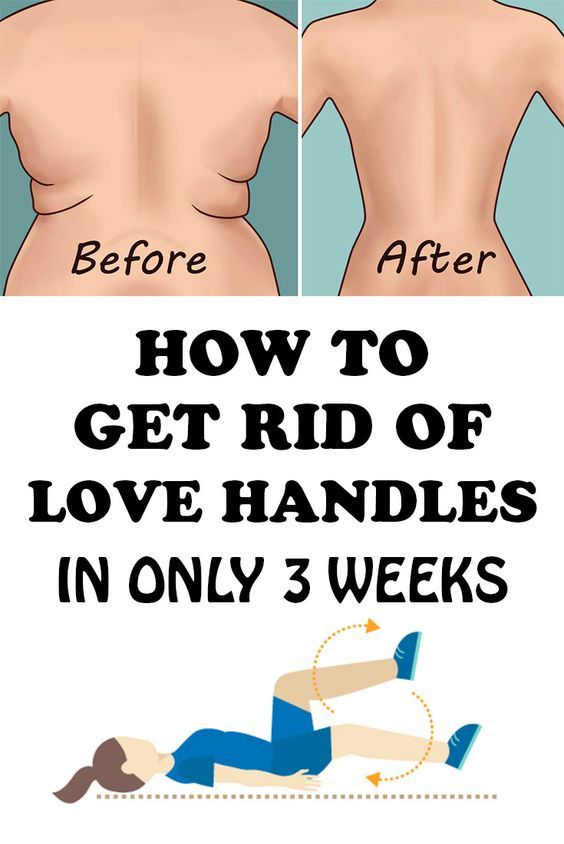 If the underlying disease is not treated, it will be difficult to get rid of heaviness in the abdomen with the help of one diet.
If the underlying disease is not treated, it will be difficult to get rid of heaviness in the abdomen with the help of one diet. 
